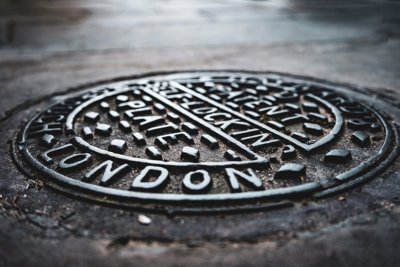Downloads
A major water company used geospatial analysis to identify likely sources of the that waste fats accrue in London's sewers and form large blockages known as 'fatbergs'. They were then able to terget prevention and enforcement measures to tackle the problem.
Challenge
Fat, oil and grease (FOG) create the most of the 75,000 blockages every year in the Thames Water-managed network of pipes and sewers. These blockages - composed mainly of wet wipes, fats and other detritus - can cause significant flooding and damage. Physically breaking down fatbergs costs an estimated million pounds each month in London alone; oil and fat block 72 pipes each day in the Thames Water network.
A major source of waste fats in sewers is the disposal of cooking fats and oils by restaurants in London and the Thames Valley. Thames Water wanted to launch “a proactive programme of education” for food businesses, using geospatial analysis for effective targeting.
Solution
Thames Water’s Network Protection Programme team analysed the locations of fatbergs and flooding incidents to identify hotspots where education efforts, reminding local businesses of their legal obligations regarding FOG disposal, might be especially effective.
Using ArcGIS, an integrated geographic information system, inspectors were able to identify hotspots and collect information from establishments on their current FOG management practices. The ability to direct inspectors to particular areas of the network was especially important when blockages occurred, allowing problems in FOG disposal in local businesses to be more quickly resolved.
Benefits
Combining/visualising data
Using an integrated GIS platform with apps enabled Thames Water staff to monitor their network, record interventions and document changes to outcomes in real-time. In particular, visualising blockages data on an interactive map allowed employees to more accurately identify problem areas. The overall project has provided a template for future analysis and monitoring projects to improve management and effectiveness of Thames Water resources.
Solving problems
Maintaining a geographic database of FOG disposal practices allows inspectors to track whether changes – such as installing grease traps - are made. In the pilot stage of the project, three investigators visited 1,000 food businesses. Around 90% of businesses surveyed disposed of fats and oils incorrectly. This prompted Thames Water to expand the team, who then visited over 5000 premises in 2018. Their analysis using ArcGIS found that after being visited three times, half of food businesses swapped to more appropriate FOG disposal.
Further reading
ESRI’s case study on the Thames Water project
Thames Water’s explanation of the problem – What is a fatberg?
Share this resource
This is an open access article under the terms of the Creative Commons Attribution License (CC BY NC 4.0), which permits use, adaptation, distribution and reproduction in any medium or format, provided the original work is cited and it is for non-commercial purposes. Please contact us for other uses.
How to cite
Royal Geographical Society (with IBG) (2020). Using GIS to cut down on fatbergs and flooding in the Thames Valley. Available at www.rgs.org/fatbergs. Last accessed on: <date>
